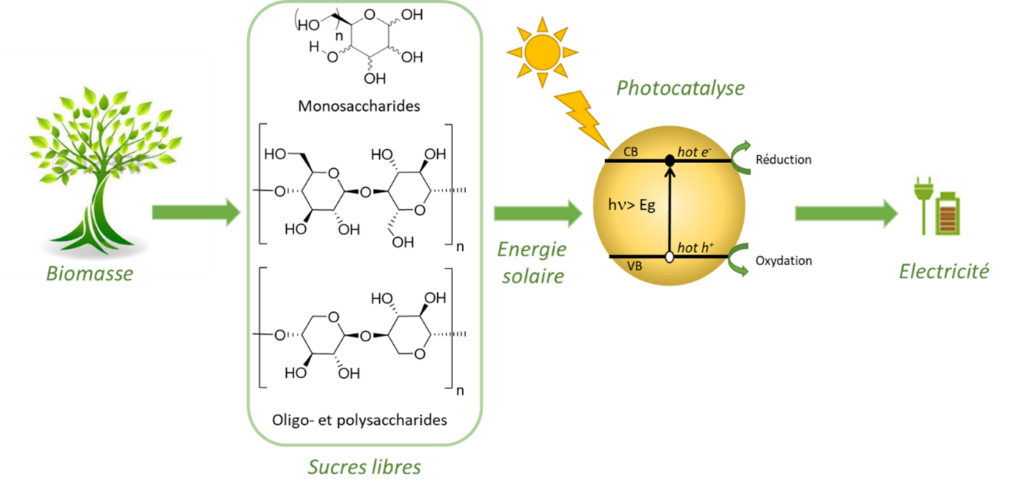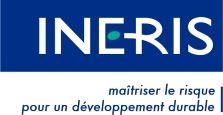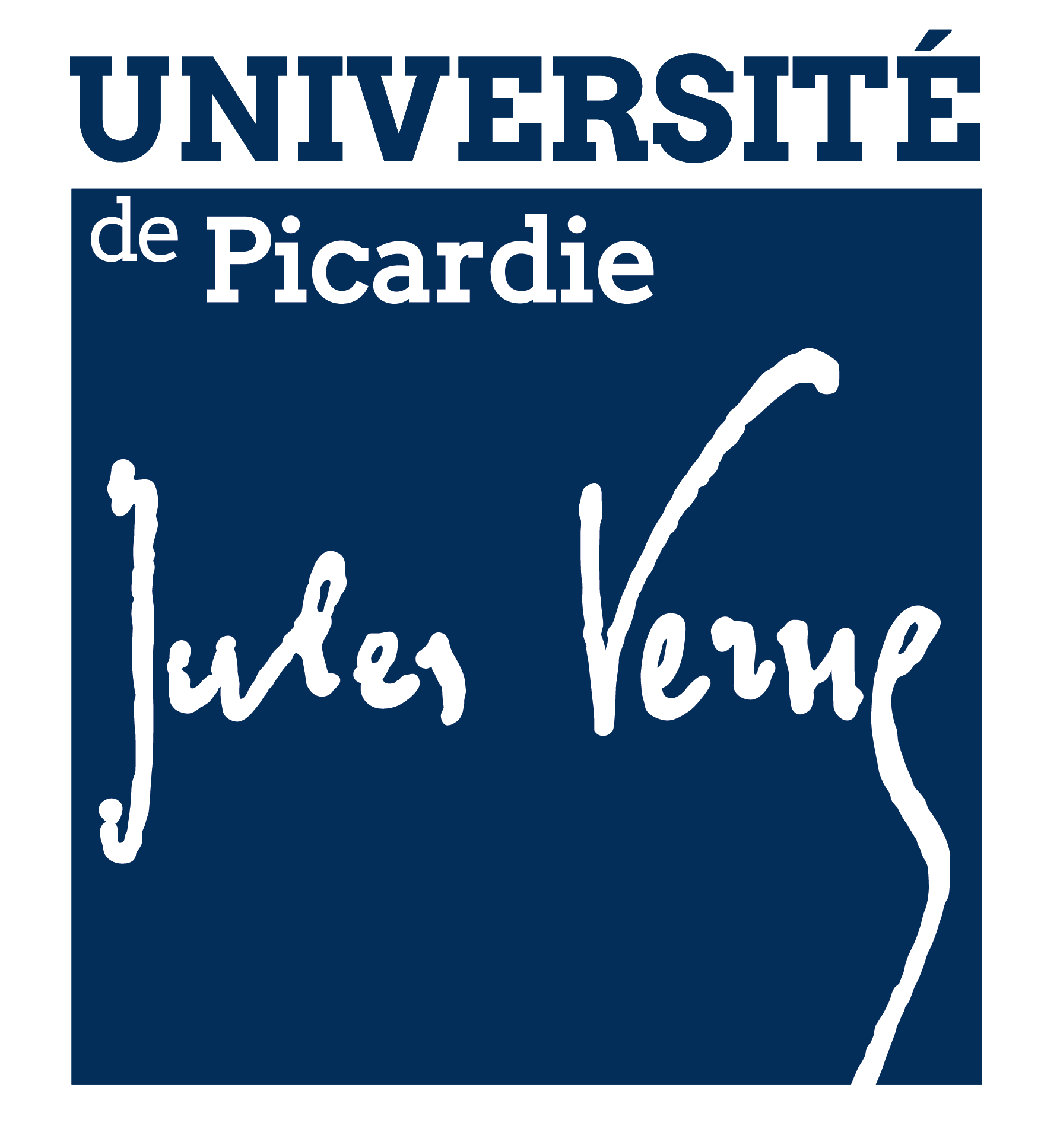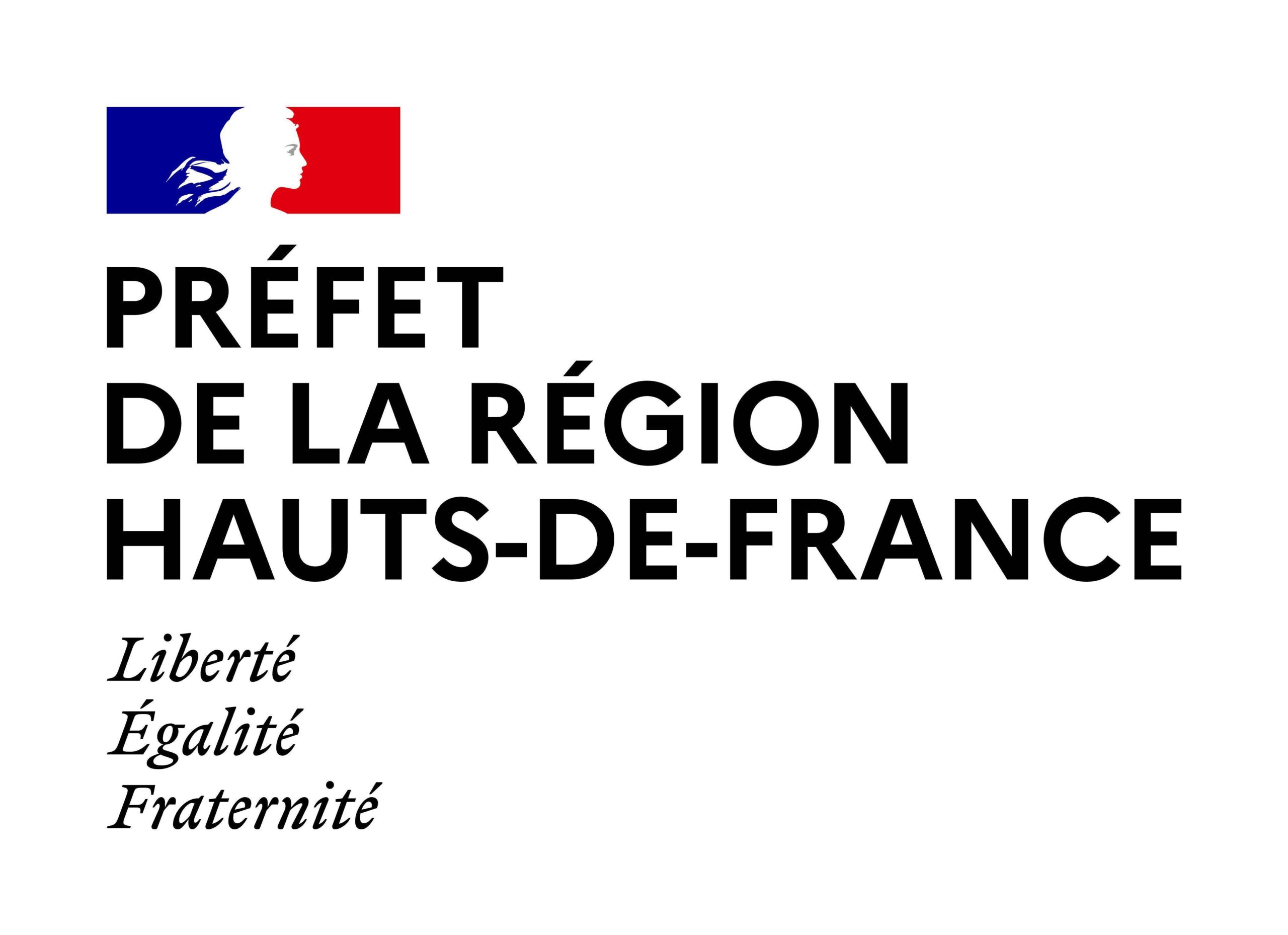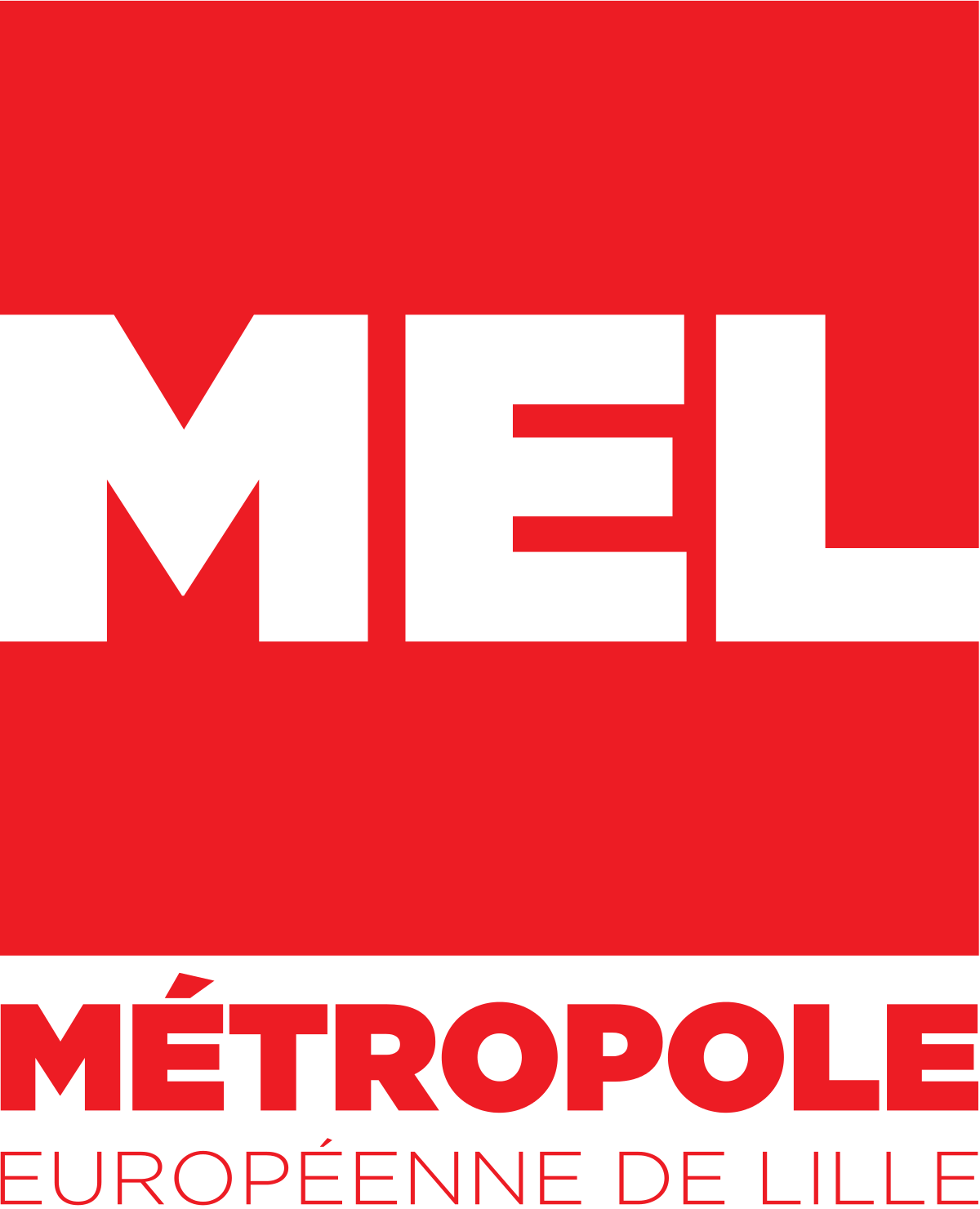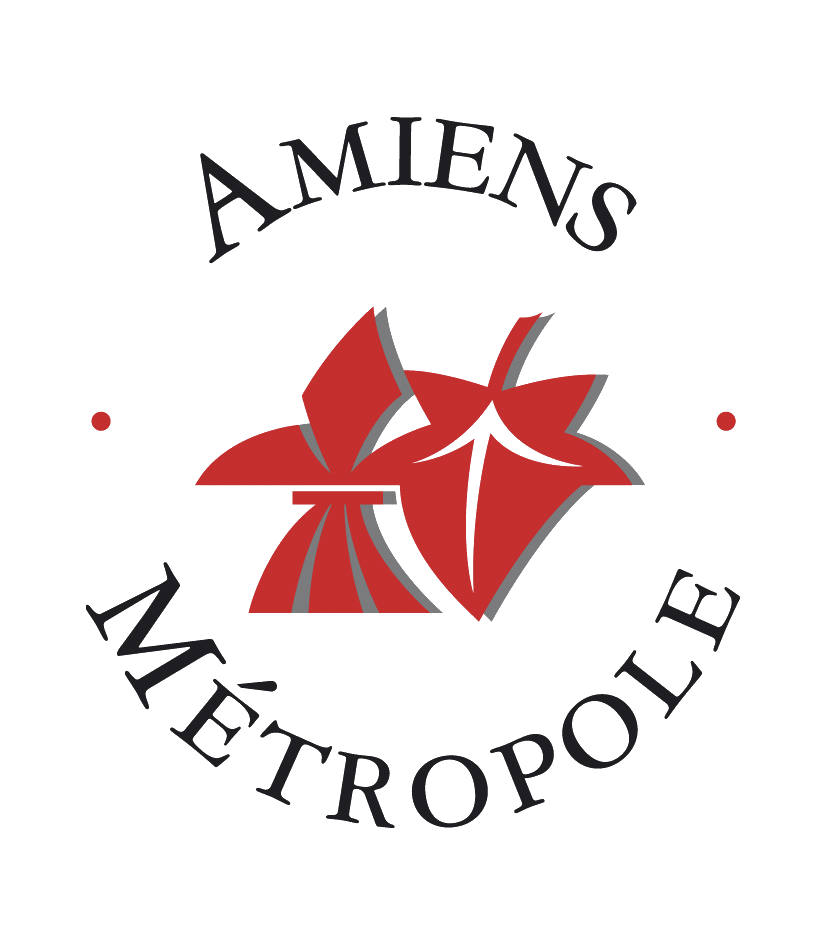Towards the use of Halogenated Perovskite-type materials stable in an aqueous environment as photoanodes for biomass-fuelled cells
To meet the growing demand for energy, the various issues linked to its supply and finally the dependence on critical materials, it is needed to open the way towards new economically and ecologically innovative avenues for the conversion and storage of green energies. The valorization of plant biomass for the direct production of electricity is one of the keys to achieving a greener and more virtuous energy transition. One of the possible strategies is to take advantage of the reducing nature of carbohydrates, which constitute 75% of plant biomass, to generate electricity by photo-oxidation of their aldehyde function, using saccharides as fuel and sunlight as a source of activation to carry out these oxidation reactions. The development of efficient and stable photoanodes is a major challenge for carrying out this photocatalytic transformation. Materials based on halogenated perovskites are recognized for their exceptional properties in the field of photovoltaics, but suffer from notable stability problems in aqueous environments, which are nevertheless necessary for the solubilization of carbohydrates. However, perovskites of lower dimensions are a little less efficient due to the confinement of the excitons in the sheets (“quantum-well” type structure) but appear to be extremely stable in an aqueous medium and over a wide pH range.
Based on recent results, the objectives of the PASTIS project are to 1/ synthesize and characterize efficient and stable halogenated perovskite photoanodes, 2/ test their effectiveness in the carbohydrate oxidation reaction, and therefore their capacity to generate, under solar light, electricity and finally 3/ to insert them into half-cells of the photocell type powered by biomass. This project draws on the recognized skills of 3 laboratories of the A2U Alliance: the LG2A and the LRCS of the UPJV on the one hand and the UCCS of UArtois) on the other hand.
